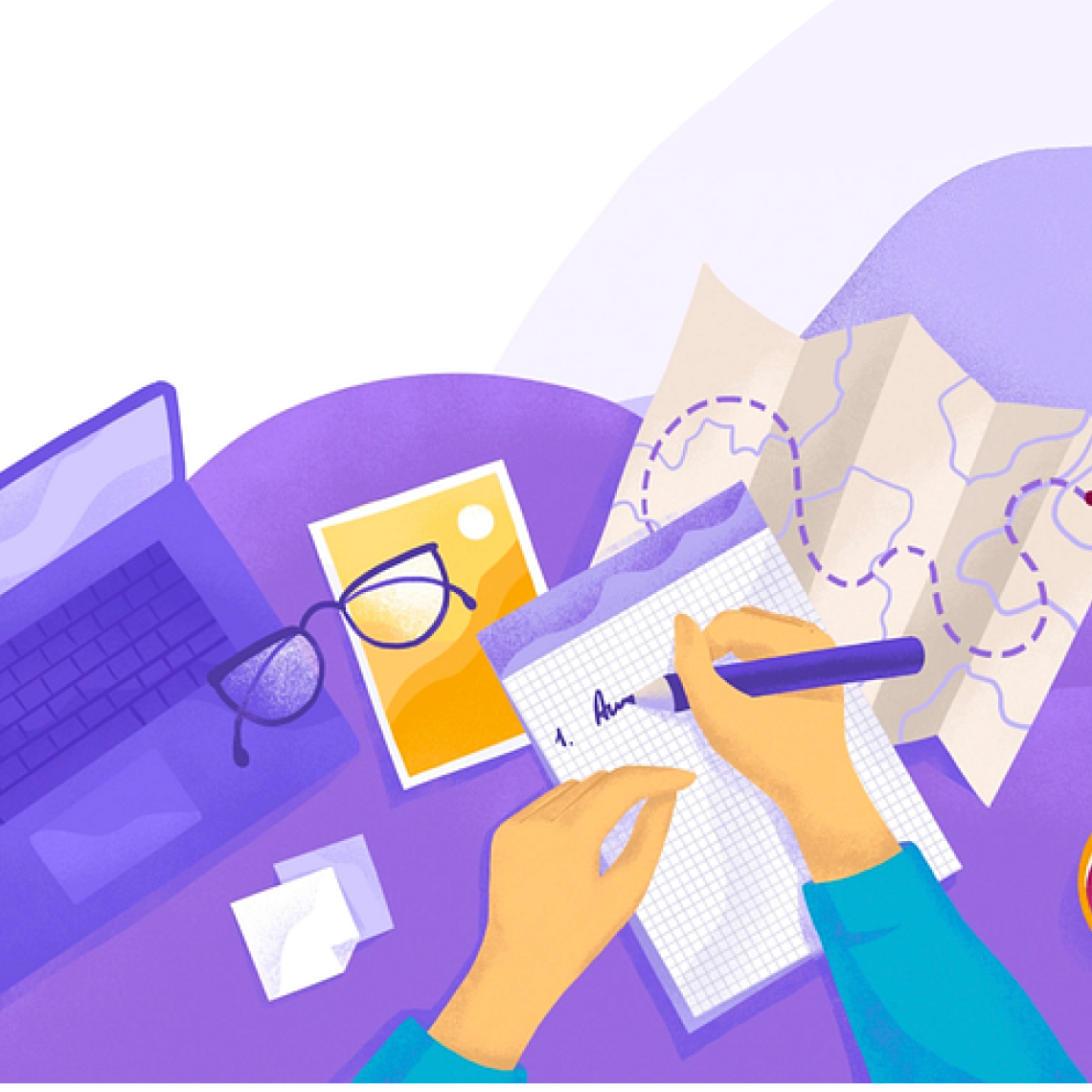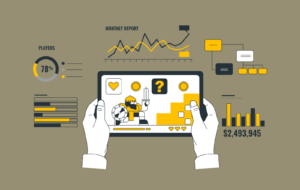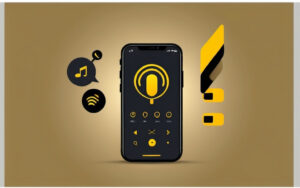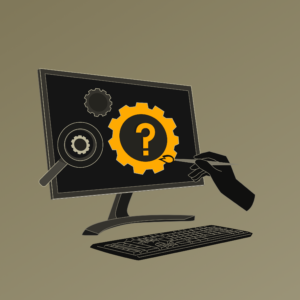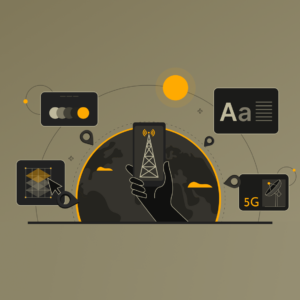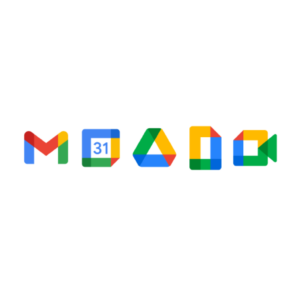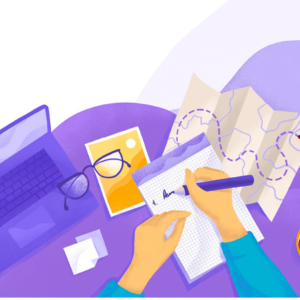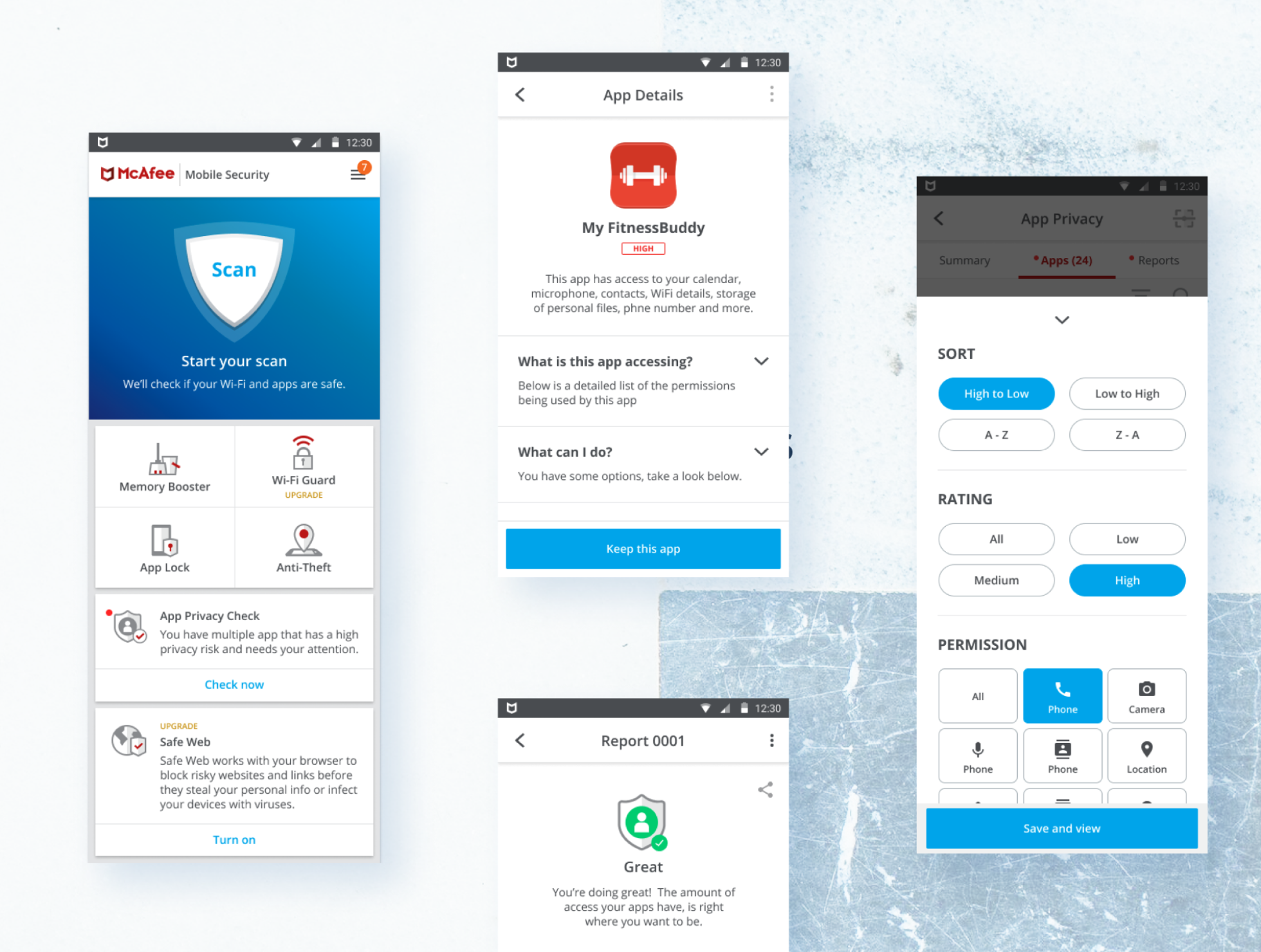Project management plays a vital role within an organization, and helps plan, execute, and deliver essential projects that drive a business forward, all while saddled with the weight of strict budgets and time restraints. While Design thinking techniques stimulate innovation by drawing on methods from engineering and design and combining them with ideas from the arts, social sciences, and the business world.
You would be wondering how you can leverage design thinking into project management.
Design thinking is a problem-solving approach that empowers project managers to explore a whole new realm of innovative solutions. So next time you start on a project, leverage it with a design mindset for a variety of reasons, more clarity, creativity, and the potential for reduced risk.
Here are the 5 most prominent design thinking steps to deploy in project management
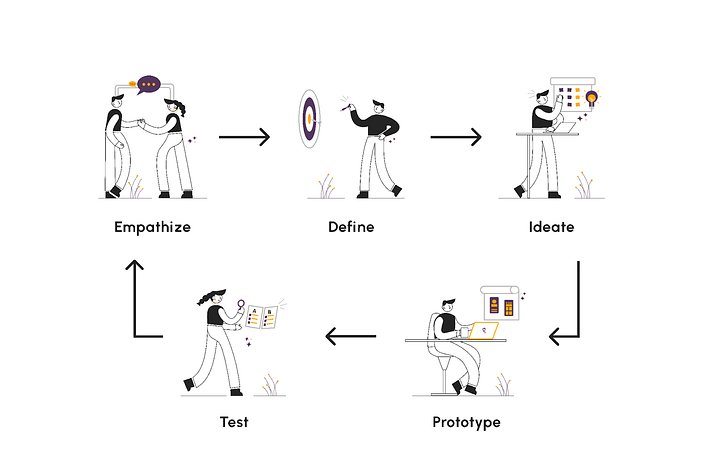
Step 1: Empathise
Being a user-centric framework for problem-solving, it’s only fitting that the first step of design thinking is to better understand your user. You can accomplish this by discriminating the underlying motivations such as the wants, desires, and goals of your end-users. One way to understand your users’ journey is to conduct research. This can be done through investigations, interviews, google trends, and focus groups.
- User’s needs
- User’s pains and frustrations
- What motivates the users
The detailed research will help you gain an understanding of what the ideal solution would entail for the user.
Step 2:
Define-Post user research, it becomes necessary to evaluate the information obtained and detail the one that contributes to really knowing the users.
This step involves conducting interviews, surveys, and other forms of research to gather information about what your users are struggling with and what they expect to achieve through your offerings. Start detailing all the variables that might be involved, including user needs, business requirements, constraints, assumptions, and other relevant factors. Be as specific as possible — this will help to guide your ideation process and will make it easier to come up with solutions that will address the problem.
Step 3: Ideate
You now know the problem and understand user needs from the previous steps. Now it’s time for action. Ideation is an important part of design thinking. By fostering innovation and coming up with unique approaches to problems, you as a project manager can more effectively tackle any challenges that you encounter throughout the process.
The goal is to come up with as many possible solutions, without judging or evaluating them at this stage.
Ultimately, being able to innovate through ideation is what will set you apart from those who struggle in their roles.
Step 4: Prototype
Within this stage, ideas are transformed into prototypes. Prototypes can be drawn on paper, cardboard, and/or lego blocks that reflect the functions of the final product. And in the case of digital prototypes, and app demos, it allows us to test and refine the ideas while ensuring that the final product meets users’ needs.
Step 5: Test
To accurately measure the success of a project and make sure the product or service is ready to go to market, testing must be conducted to ensure it provides a solution to the problem at hand, along with a satisfying user experience. For you being the project manager, testing your prototype will be an integral part of the design thinking process. Not only does it ensure that you’re on track to meet users’ needs, but it will also help you fine-tune your solution so that it’s as effective as possible.
Conclusion
By following these 5 design thinking steps, you can bring a user-centered approach to your work and increase the chances of success for your projects.
Furthermore, the following approach will also help you identify stakeholders, improve the process to select projects, reduce conflicts, innovate in a changing world, solve complex problems, and you can work to satisfy needs and increase the business’s value.
So, what are you waiting for? Start applying design thinking steps to your next project and see how it can help you accomplish your goals.
